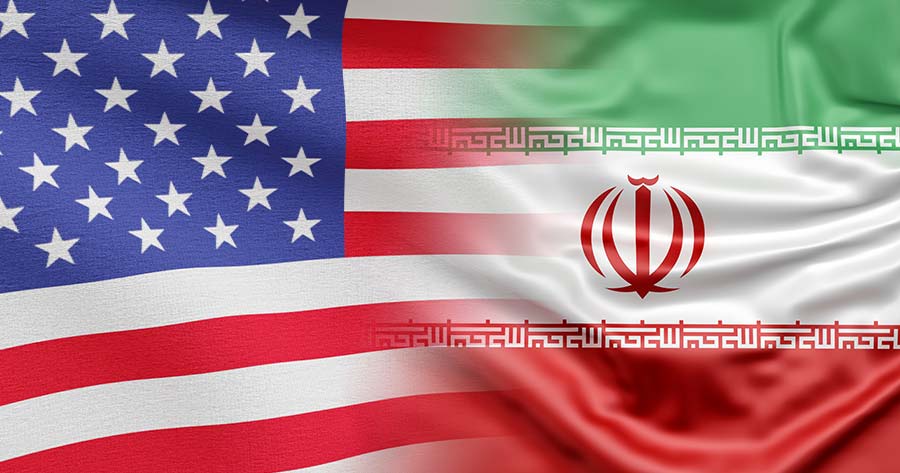Oil futures surged nearly 2% to kick off the week’s trading following the U.S. military’s direct attacks on Iran, stirring concerns about potential disruptions in the oil-saturated Middle East.
On Monday morning, U.S. crude climbed $1.32, reaching $75.16 per barrel—a 1.79% increase—while Brent crude, the international benchmark, rose $1.34 to $78.35 per barrel, marking a 1.74% climb.
The markets were taken aback on Saturday when President Donald Trump disclosed that the U.S. had intervened in the Iran-Israel clash, targeting Iranian nuclear facilities in Fordo, Natanz, and Isfahan.
Energy experts warn that the oil market’s direst threat would be if Iran attempts to block the Strait of Hormuz. This narrow channel carried approximately 20 million barrels of crude daily in 2024, accounting for 20% of the world’s consumption, as per the Energy Information Administration.
The move awaits confirmation from Iran’s Supreme Council before taking effect.
Goldman Sachs predicts that should the strait be obstructed for an extended period, oil prices might skyrocket past $100 per barrel. However, analysts from JPMorgan consider the likelihood of Iran closing Hormuz to be minimal, suggesting that the U.S. would interpret such an action as an act of war.





